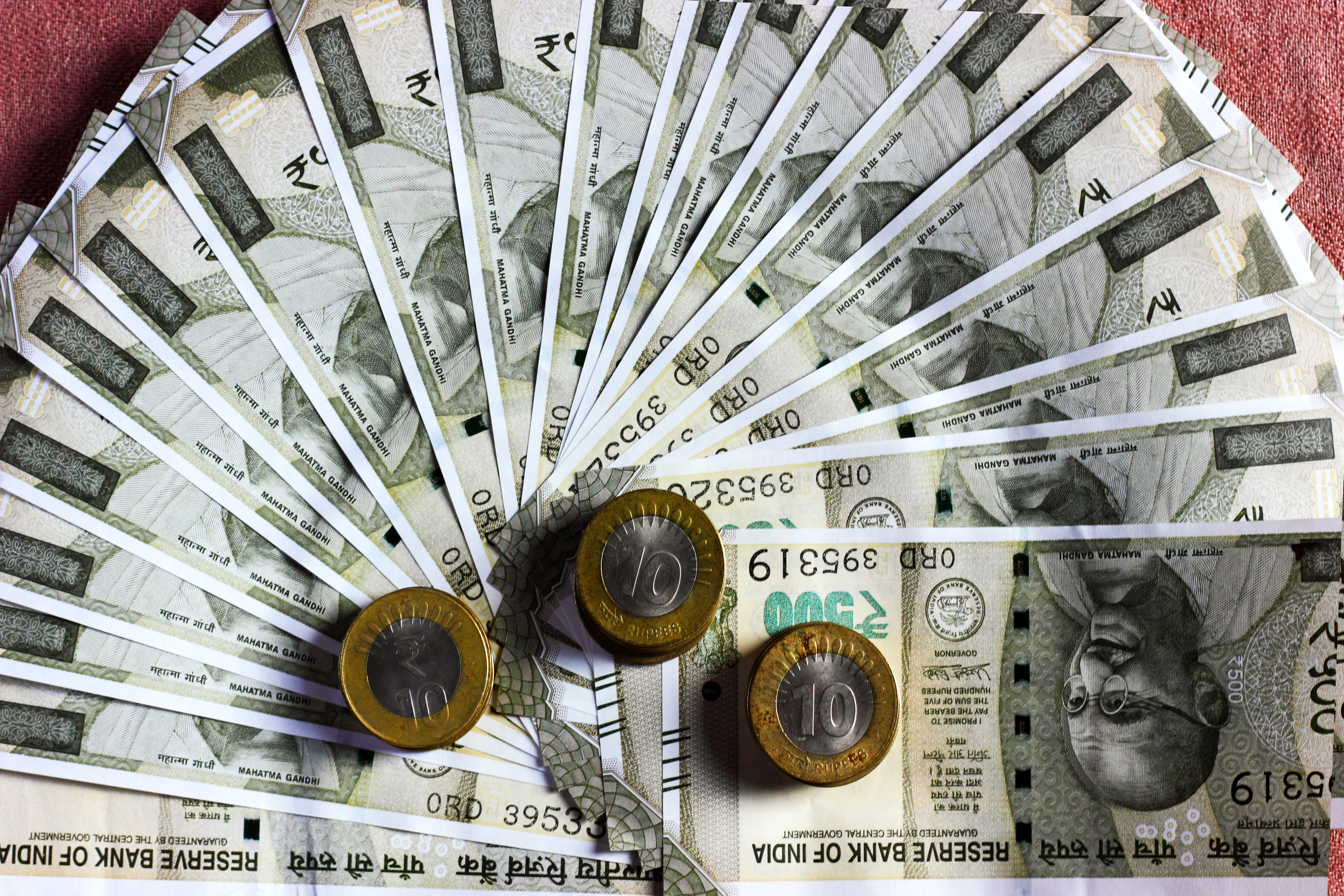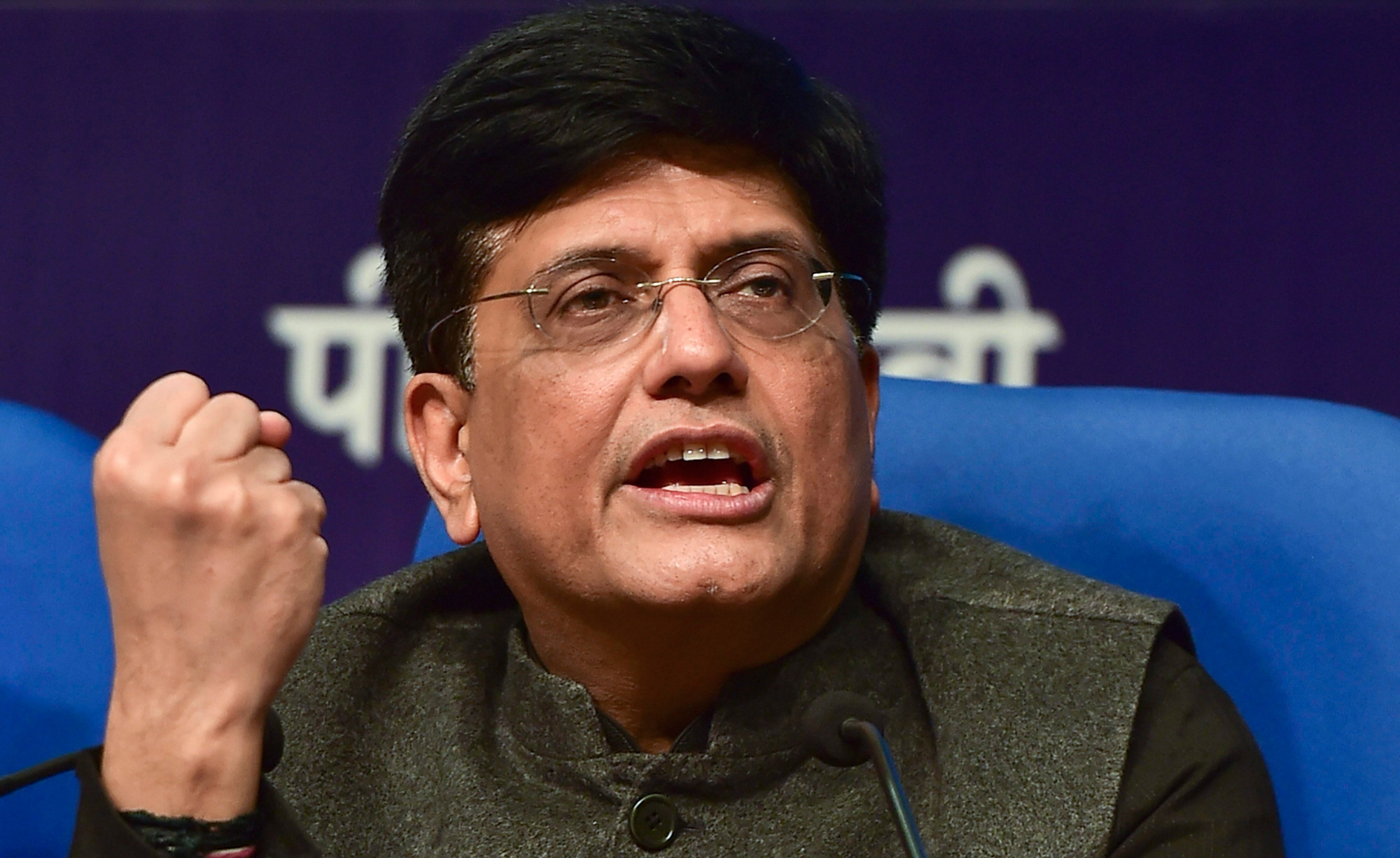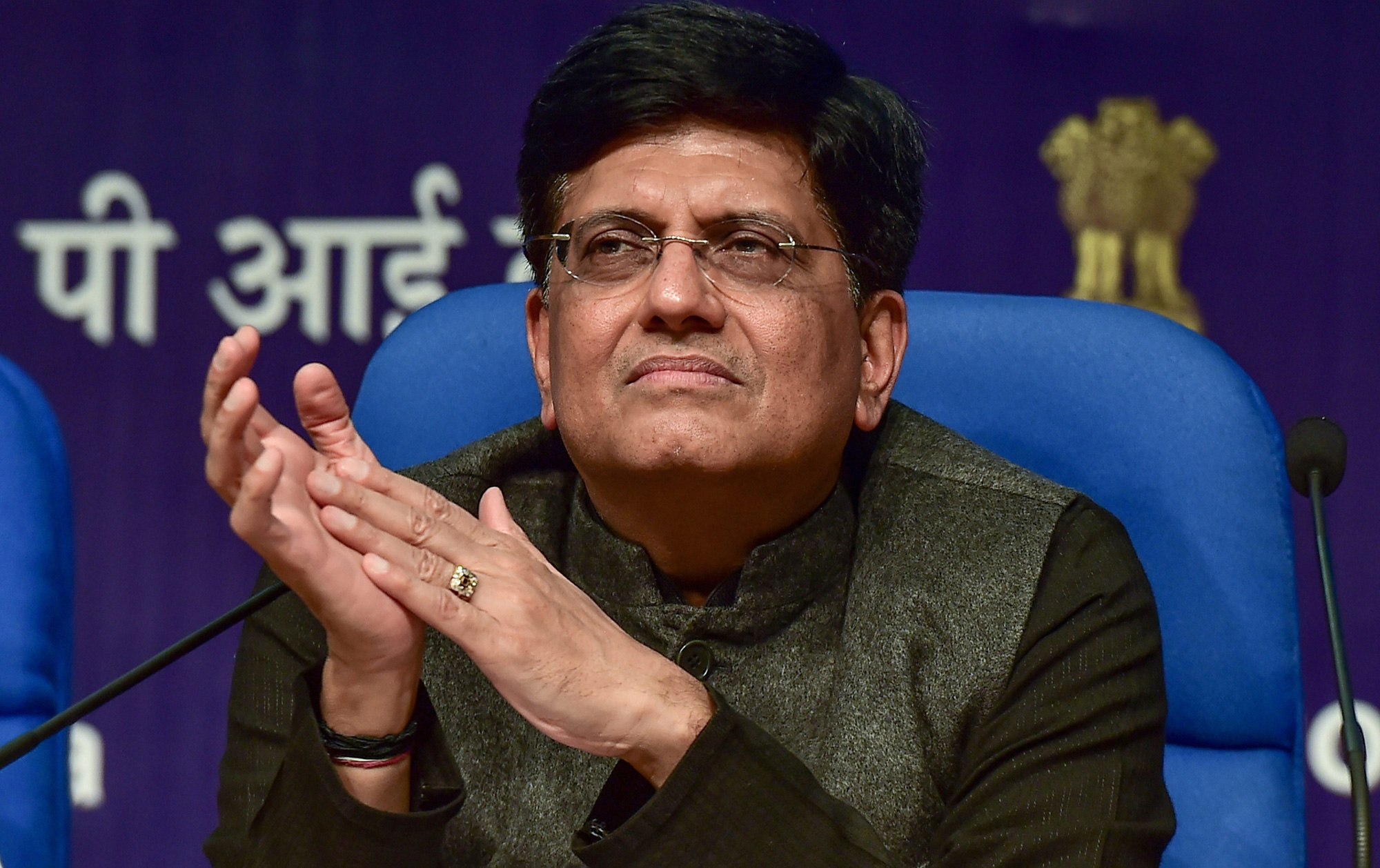“How’s the josh?” goes the popular line from the recent war movie Uri: The Surgical Strike, which Prime Minister Narendra Modi and his cabinet colleagues like Nirmala Sitharaman like to quote from time to time. If one goes by the manner in which the Modi government rolled out the Interim Budget announcements on February 1, with Piyush Goyal standing in for the ailing Arun Jaitley, it would seem the government itself was very high on the “josh” factor.
Much chest-thumping, desk-thumping and claiming credit on a number of counts marked Goyal’s maiden budget speech, as the acting finance minister unveiled several sops to please a wide section of the population, from the farm sector to the middle class and the ailing housing sector, and small and medium enterprises (SMEs) which were reeling under the impact of the November 2016 demonetisation initiative and the poorly-implemented goods and services tax (GST).
It seemed the government was keen to make the right noises and tick all the right boxes, three months away from what promises to be a make-or-break general election for the Modi-led National Democratic Alliance (NDA) government. Goyal’s Interim Budget 2019 focussed mostly on the poorer and marginalised sections, as the government, stung by increasing Opposition and public criticism over the lack of jobs and the mounting farm crisis, tried to ensure the Budget has something for everyone. The two biggest initiatives aimed at tackling public discontent were clearly the ones around distressed farmers and the middle class.
Goyal announced a ₹75,000 crore outlay for PM-KISAN (Pradhan Mantri Kisan Samman Nidhi), which would put ₹6,000 every year directly in the bank accounts of the most vulnerable farmer families— who own less than two hectares of land. This apart, farmers hit by calamities would benefit from a 2% interest subvention and 5% if they repay the loans on time. Other measures include support for animal husbandry such as the Rashtriya Kamdhenu Aayog for genetic upgradation of cows, and the creation of a separate department of fisheries. There’s also a proposal for a 2% interest subvention for farmers pursuing animal husbandry and fisheries who avail loans through the Kisan Credit Card route. While moves like PM-KISAN will aid consumption by the farm sector, other steps announced by Goyal include a big push for rural road construction which should come as good news for the tractor-, two-wheeler- and construction sectors.
Another important announcement, made with an eye on the upcoming general election, is the one providing a social security net for the unorganised sector. Named Pradhan Mantri Shram-Yogi Maandhan, the scheme envisions a monthly pension of ₹3,000 for those workers who reach the age of 60, and have a monthly income of up to ₹15,000. If the worker contributes ₹100 a month, the government will contribute an equal amount to the kitty.
One of the biggest moves Goyal announced relates to the middle class, another constituency which has been showing signs of some discontent with the government. In what could turn out to be a big weapon in the Modi government’s armoury, Goyal announced full income tax exemption for those earning up to ₹5 lakh a year. Consequently, individuals having a gross income of up to ₹6.5 lakh will not be required to pay any income tax if they make investments in provident funds and specified savings. The standard deduction limit has also been increased from ₹40,000 to ₹50,000 for the salaried class. Goyal underscored that the benefits he has proposed will provide tax relief of ₹18,500 crore to an estimated 30 million middle-class taxpayers. The significant element about the tax breaks he announced, however, was the manner in which he justified pushing these through, breaking convention. Aware that an Interim Budget cannot ideally make taxation changes, Goyal said that while the main tax proposals would need to be cleared in a full budget, changes which benefit the middle class salary earners, senior citizens and pensioners “should not wait”.
In what should provide a lot of comfort to hassled taxpayers, Goyal also announced that over the next two years, all verifications and assessments of returns selected for scrutiny will be done electronically through anonymised back office, manned by tax experts and officials without any personal interface between taxpayers and tax officers, thereby removing the possibility of harassment and corruption. All returns will also be processed in 24 hours and refunds issued simultaneously.
On the ailing small- and medium-sized enterprises (SME) sector, Goyal said that the requirement of sourcing from SMEs by government enterprises has been increased to 25%. Of this, at least 3% will be sourced from women-owned SMEs. SMEs will now be able to use the Government e-Marketplace (GeM) platform to sell to all central public sector enterprises.
The Modi government expectedly used this opportunity to unveil its 10-point vision for the next 10 years as a kind of a manifesto, if you will. The aspiration, Goyal said, is to become a $5 trillion economy in the next five years and a $10 trillion one in the next eight years. Elements of this vision are state-of-the art infrastructure in roads, railways, airports, seaports, and the like, creating a Digital India reaching every segment of the economy, and making the country self-sufficient in food and even exporting to the world.
While Goyal’s Interim Budget sought to spread the cheer among the widest sections possible, there is some concern around the path to fiscal consolidation. The FY19 revised fisc stands at 3.4%, with the next year's target also remaining at this figure. This, Goyal justified, was because of the higher spend PM-KISAN for the remainder of FY19 (where the government will spend ₹20,000 crore) and the next fiscal.
The 3.4% fiscal deficit would mean that immediate chances of a rate cut before the elections are virtually ruled out since the Reserve Bank of India would be keen to keep inflationary expectations in check.
However, that seems little worry for a government which demonstrated during Goyal’s speech that it was ready for battle and high on josh, hoping the goodies announced for the various sections get the electronic voting machines beeping in their favour.
Story Source: `Fortune India`













